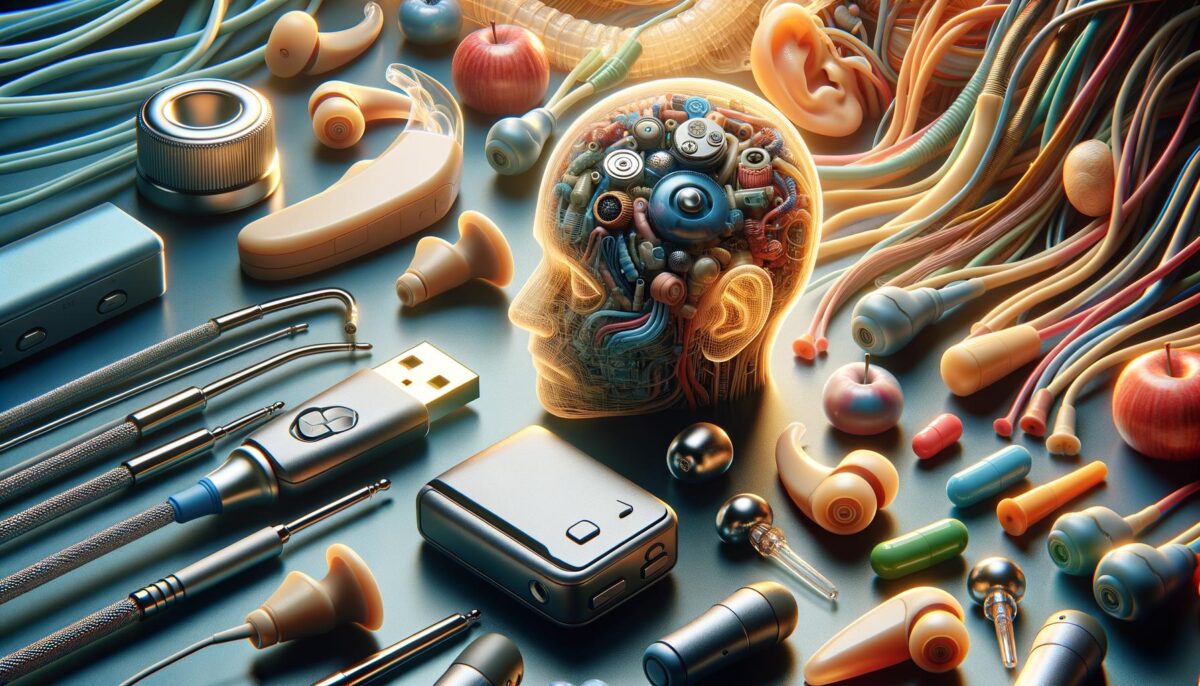The Evolution of Hearing Aids
In the journey of addressing hearing impairments, technology has continually adapted to provide better solutions. The advent of Bluetooth hearing aids represents a critical milestone in this progression. Traditionally, hearing aids were simple amplification devices, designed solely to enhance speech. However, modern innovations have transformed them into sophisticated gadgets capable of seamless communication with other digital devices. This shift not only enhances the clarity of sound but also improves the user experience by providing more control and convenience.
Benefits of Bluetooth Connectivity
The integration of Bluetooth technology into hearing aids offers several significant advantages. Some of the most noteworthy benefits include:
- Wireless Streaming: Users can enjoy direct audio streaming from their smartphones, television, or computers, making it easier to engage with various media without the need for additional accessories.
- Hands-Free Calling: Bluetooth connectivity allows for phone calls to be answered directly through the hearing aids, improving convenience and safety, especially while on the go.
- Customization and Control: Users can adjust settings and preferences through smartphone apps, allowing for a highly personalized listening experience that can be adapted to different environments.
These features reflect how Bluetooth hearing aids are crafted to fit seamlessly into the digital lifestyles of today’s users, ensuring that they do not miss a beat in their daily interactions.
Enhanced Sound Quality
Beyond connectivity, Bluetooth hearing aids are designed to deliver exceptional sound quality. The improved sound processing capabilities allow for:
- Clearer Speech: Noise reduction technologies focus on amplifying speech over background noise, making conversations more intelligible and enjoyable.
- Rich Audio Experience: High-definition sound makes listening to music and other media an immersive experience, allowing users to enjoy a wide range of sounds with impressive detail.
- Adaptive Feedback: Advanced algorithms minimize feedback, preventing the annoying whistles and echoes that can occur with conventional hearing aids.
These advancements ensure that users receive not just a functional hearing aid, but a device that enhances their overall listening pleasure.
The Future of Hearing Aids
As technology continues to evolve, the future of hearing aids looks promising. Further advancements in Bluetooth hearing aids are anticipated, focusing on improving connectivity, battery life, and user experience. Upcoming models are expected to incorporate:
- Longer Battery Life: With energy-efficient components, future hearing aids may last longer on a single charge, reducing the frequency and cost of battery replacements.
- Enhanced Artificial Intelligence: AI could offer intelligent sound adaptation, providing optimal sound quality in changing environments without manual adjustment.
Such innovations will make Bluetooth hearing aids an even more integral part of daily life, cementing their role as essential tools for enhanced communication and convenience.
Choosing the Right Hearing Aid
For those considering Bluetooth hearing aids, selecting the right model involves considering several factors:
- Compatibility: Ensure that your hearing aids are compatible with the devices you commonly use, such as smartphones and televisions.
- Lifestyle Needs: Different models cater to various activity levels, so consider your lifestyle when choosing a hearing aid.
- Budget: Prices can vary, so it’s important to find a balance between features and affordability.
Seeking advice from audiologists can be invaluable in finding a hearing aid that perfectly fits your needs. This personalized approach ensures users select devices that will best support their hearing and connectivity requirements.
Conclusion
Bluetooth hearing aids signify a significant leap forward in auditory technology, offering users a blend of functionality, convenience, and enhanced sound quality. As they continue to integrate more seamlessly with digital lives, they become indispensable not just for hearing enhancement but also for participating fully in the digital world. Those exploring their options should consider their specific needs and lifestyle to make an informed choice. With the continual evolution of technology, the future of hearing aids promises even greater advancements, paving the way for improved user experiences and more accessible communication.
